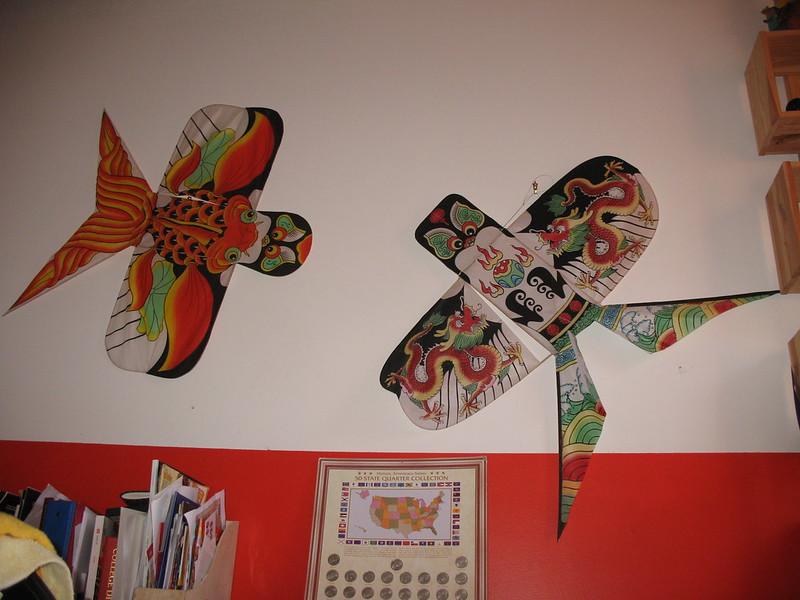Kite flying is a fascinating, age-old game. Moreover, a kite is a traditional custom with many profound meanings for China in particular and the world in general.
Nowadays, Chinese kite art is popular in many countries, including Japan and Vietnam. So how were the formation and development of kites? Read on to understand more about this art.
1. At the time of the kite invention
More than 2000 years ago, workers in ancient China in the Spring and Autumn period of the Eastern Zhou Dynasty invented the kite.
According to legend, Mo Di made a wooden bird for three years. It is the earliest origin of the kite to humankind. It was not until the Eastern Han Dynasty after Cai Lun invented paper, paper kites became popular.
2. The informational role of the Chinese kite
During the Southern and Northern Dynasties, due to limited means of communication, armies used kites to provide information and measure distances in different terrains.
In addition, they also have the function of calculating the wind index at that time.
3. Includes many different types of kites
By skillful kite-making techniques with the craft materials, the Chinese create four typical kites: flat kites, hard-winged kites, soft-winged kites, and centipede-footed kites.
- Flat kites have a flat surface with a strong bamboo frame. The pylon from the four sides of the frame has a long tail for stable flight.
- The hard-winged kites are made from two pieces of bamboo attached to a rectangular frame, then glued with paper or silk to form a triangle to catch the wind.
- With bamboo, the soft-winged kites’ wings have strong layers, and the lower parts are very soft and malleable so that the kite flies in the air gently and smoothly.
- A centipede kite is a series of connected kites consisting of a dragon’s head and body arranged in balance. This type of kite has great air-pulling, brilliant and attractive images.
4. The longest flying kite can reach 6000m
On April 4, 2015, Weifang Gongmei used new materials to make the 6000m long “Chinese Dream” centipede kite.
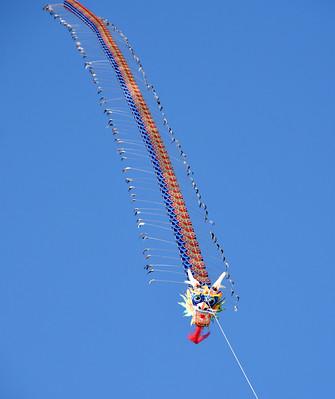
Weifang Gongmei’s flagship centipede kite is brightly colored, has flown many times in big events, and challenged world records. It is the most influential piece among the traditional Chinese kites.
5. Outstanding features of many festivals
In China, there is a nationwide kite festival. The organization of the Kite Festival promotes the traditional culture of this country. By carrying out activities such as the Kite Festival, the economy will grow, and people’s incomes will increase.
In addition, in many other festivals, the colorful colors of kites also cover the sky. It contributes to increasing the joyful atmosphere of those festivals.
6. Meaning in banishing bad luck
For the Chinese, kite flying carries many special meanings. They have the custom of flying kites during the Qingming period to ward off evil spirits and bad luck.
They write all the bad luck on the kite, fly it high, and then cut the string. Kite flying is also considered a ritual for peace that monks often use.
In addition, the kite is also an offering to the gods in the rituals of kings and courtiers on big holidays.
7. Kite flying is a popular activity during Tomb Sweeping Day
Every year on April 4-6 (Gregorian calendar), Tomb Sweeping Day is one of the significant traditional festivals in China, with a history of more than 2,500 years.
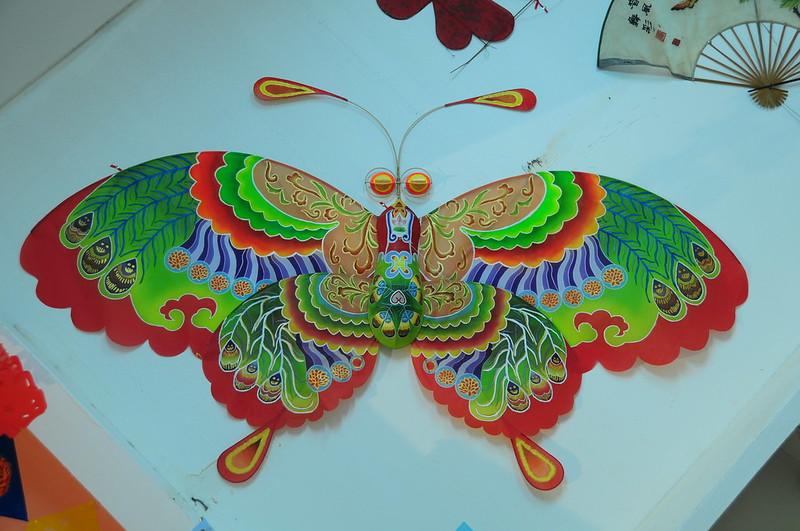
Kite flying is one of the people’s favorite activities during the Qingming Festival. The ancients believed that if someone was sick, they could write or draw their condition on a kite, tie the kite with a string, and release it in the air.
Then they cut the rope when it flies high. Diseases and calamities will fly away with the kite. After this, kite flying gradually developed into a popular pastime.
8. Space kite flying event to celebrate Chinese Space Day
From April 23-24, Weifang International Kite Association Comprehensive Service Center held an aerospace-themed kite flying at Binhai International Kite Field to celebrate Aerospace Day in China.
At the same time, a group of astronaut kites is flying, belonging to modern software kites, lifelike and majestic in the blue sky.
9. International Kite Headquarters locates in Weifang City
On April 19, the World Kite Capital Memorial Square was completed in Weifang City, Shandong Province.
With an area of 65,000m2, the square shows the characteristics of kite culture through the symbols of kite associations in the world, kite-themed sculptures, and kite paintings.
Weifang is the headquarters of the International Kite Federation and is the “Kite Capital of the World.”
10. Construction and development of the Weifang kite museum
Weifang Kite Museum is a world-renowned professional kite museum based on the history and culture of kites in Weifang, the hometown of Chinese kites.
The exhibition hall collects and displays ancient and modern Chinese and foreign kite treasures. It also became an art exchange center to spread and promote kite culture.
The museum has 12 exhibition halls, including the Comprehensive Hall, the China Hall, the Weifang Hall, and the Friendship Hall, in the approximately 2,000 square meter exhibition hall.
What Is A Chinese Kite?
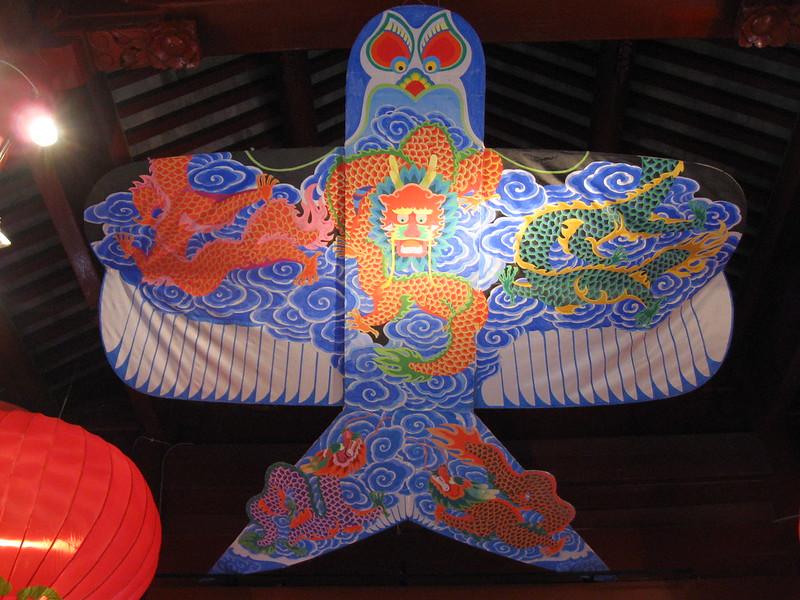
Kites have been one of the typical features of Chinese traditional culture and folk art for more than 2000 years.
The hobby focuses on the elements of watching, playing, competing, and also health training functions. The custom of kite flying in China also means letting the wind blow away bad luck, sadness, illness, and wishing for well-being.
Kite has formed the unique style of many regions of China, such as Beijing, Tianjin, and Weifang in Shandong, Sichuan, and Guangzhou provinces.
History of A Chinese Kite Formation
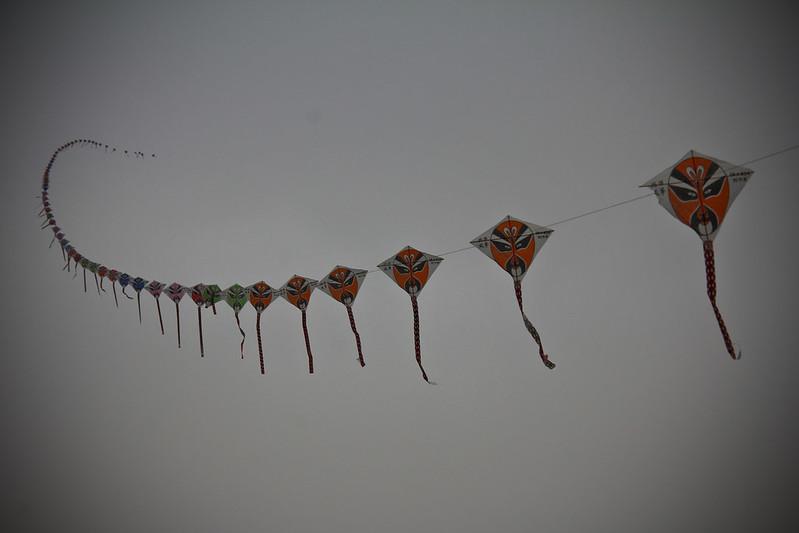
In parallel with China’s long history, the use of kites has gradually changed with many different types and purposes. According to historical records, the first kite appeared in the military field.
However, in the middle of the Tang Dynasty (618-907), when the country was stable and peaceful, kites were used for entertainment.
With the invention of paper, the Chinese switched to making paper kites instead of silk. Kites became popular in various designs, and this artistic hobby flourished during the Song Dynasty (960-1279).
The association with literature, kite making, and kite decoration flourished. Writers made kites to give to relatives and friends, considering it a way of pursuing literature.
The Ming (1368-1644) and Qing dynasties were the peak period of Chinese kites, with developments in size, pattern, decoration, and flying technique.
Conclusion
Above are some interesting facts about China kites. Today, the art of kite flying is still popular.
China and other countries still organize kite classes for many students to participate in, and every year kite festivals are held on a large scale, internationally. For more Chinese traditions, visit our website!

